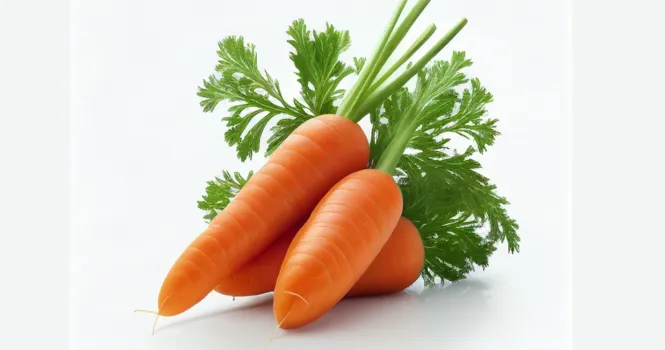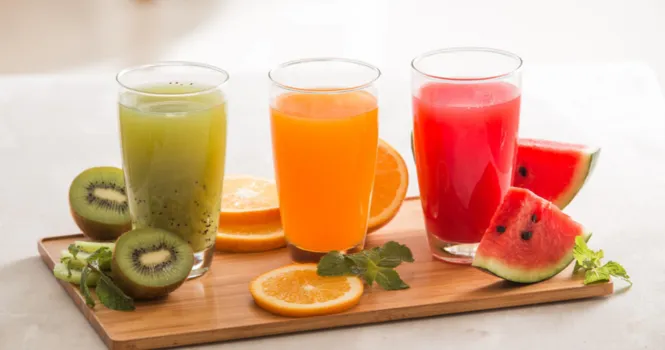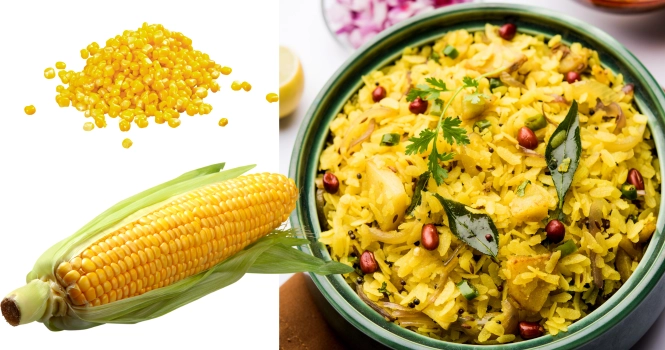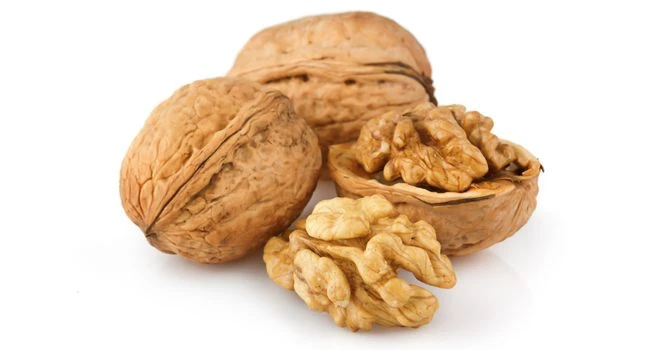Sticky Rice Uncovered: From Preparation to Culinary Uses
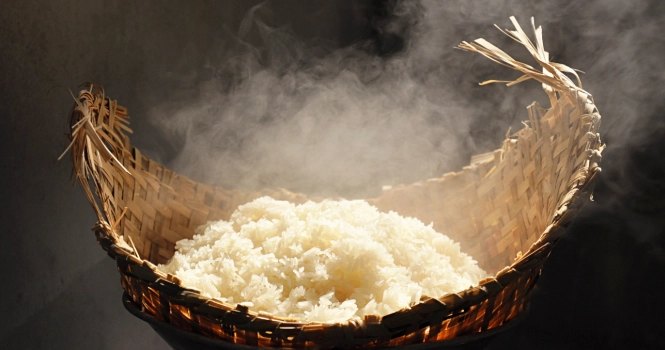
Sticky rice, also known as glutinous rice or sweet rice, is a type of rice that is characterized by its unique texture and culinary versatility.
Despite the name “glutinous,” it is actually gluten-free; the term refers to the glue-like, sticky quality it exhibits after cooking.
Understanding Sticky Rice
It is primarily grown in Southeast and East Asia, where it is a staple ingredient in many traditional dishes.
It is derived from the Oryza sativa plant, specifically from a variety that produces opaque, short-grain rice.
What sets sticky rice apart is its high amylopectin content, a type of starch that contributes to its sticky, cohesive texture when cooked.
Characteristics
- Texture: After cooking, sticky rice becomes particularly sticky and clumps together, making it possible to eat with chopsticks or even by hand, as is customary in many Asian cultures.
- Flavor: It has a subtly sweet and nutty flavor, making it compatible with both savory and sweet dishes.
- Appearance: The grains are short and plump, with a chalky white appearance when uncooked. They become translucent when cooked.
Nutritional Profile
It is a good source of carbohydrates, providing energy for the body. However, it is lower in fiber compared to brown rice and other whole grains, as it is usually consumed in its white rice form. It also contains small amounts of protein and minimal fat, with trace amounts of vitamins and minerals.
Culinary Uses
It’s unique texture and flavor make it suitable for a wide range of dishes, from everyday meals to festive delicacies:
- Steamed Sticky Rice: Often steamed in a bamboo basket, it is a common accompaniment to meals in Southeast Asian cuisine.
- Sushi: In Japan, a slightly different variety of sticky rice is seasoned with vinegar, sugar, and salt to make sushi rice.
- Desserts: It is used in a variety of sweets, such as the Thai dessert “mango with sticky rice,” where it’s paired with coconut milk and ripe mangoes.
- Wraps and Dumplings: It is used as a filling in various wraps and dumplings, including Chinese zongzi and Filipino suman.
Preparation Tips
Preparing sticky rice requires a bit more attention than regular rice:
1. Rinsing and Soaking: It’s important to rinse it thoroughly until the water runs clear to remove excess starch. Soaking the rice for several hours or overnight is also crucial to achieve the right texture.
2. Steaming: Unlike other types of rice, sticky rice is best cooked by steaming rather than boiling. This helps maintain its distinctive sticky texture.
Cultural Significance
Sticky rice is more than just a food item; it holds cultural and historical significance in many Asian societies. It is often associated with festivals, rituals, and celebrations, symbolizing community, prosperity, and unity.
It is a unique and versatile ingredient that plays a central role in the culinary traditions of Asia.
Its distinctive sticky texture, combined with its subtle flavor, makes it an essential component of both savory dishes and desserts.
Whether it’s the simplicity of steamed sticky rice, the creativity of sushi, or the sweetness of a dessert, sticky rice brings a special quality to the table that is celebrated across various cultures.
Its preparation and consumption are steeped in tradition, making sticky rice a staple that transcends mere sustenance to become a cherished part of cultural heritage.
Frequently Asked Questions
What is HMT Rice?
HMT rice is a popular variety of medium-grain rice known for its slender grains, non-sticky texture, and pleasant aroma. It’s often used in Indian households for everyday cooking, especially for dishes like pulao and biryani.
The full form of HMT rice is “Hindustan Machine Tools” rice. It is named after the HMT machine used for milling the rice, which became popular for producing high-quality, polished grains.



